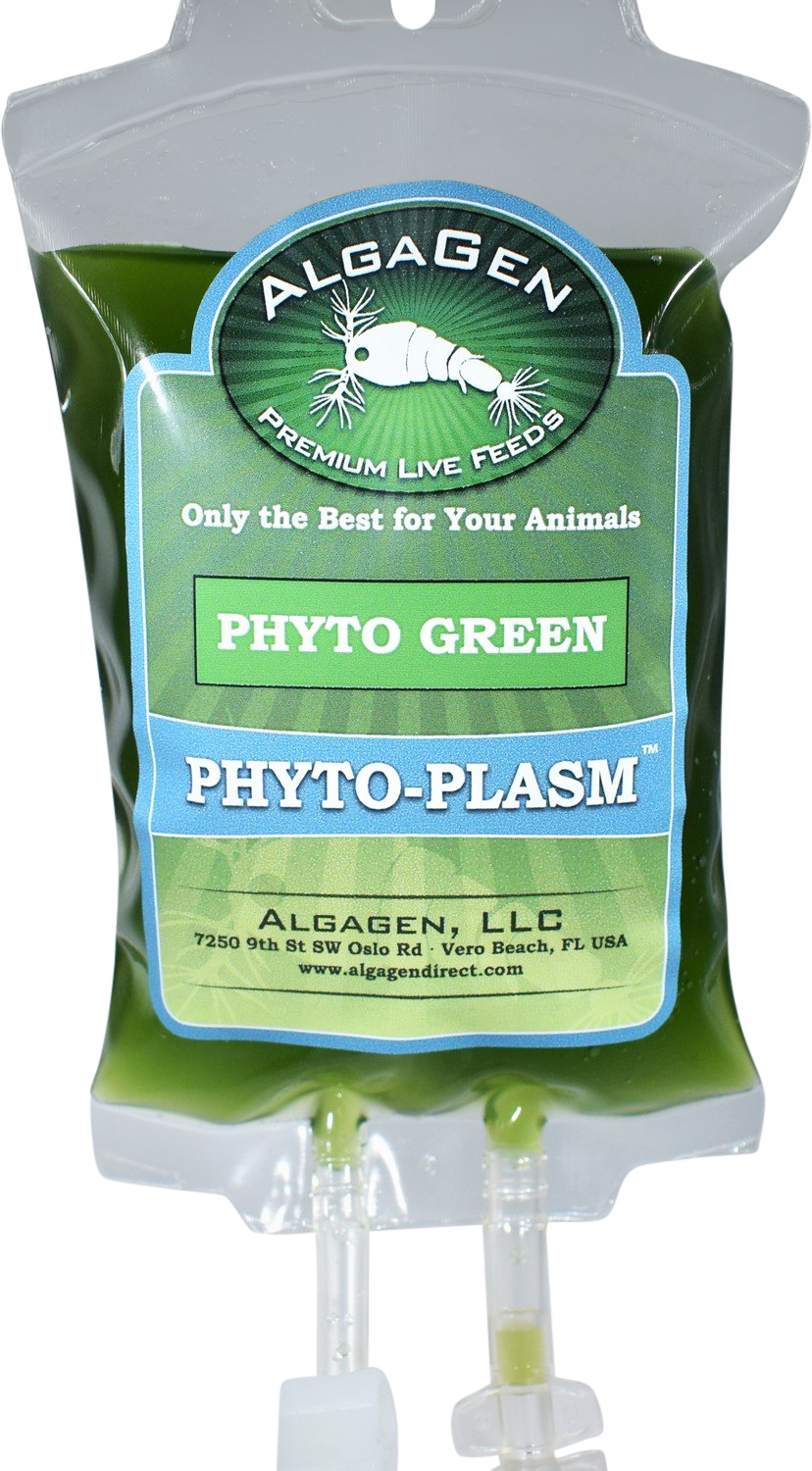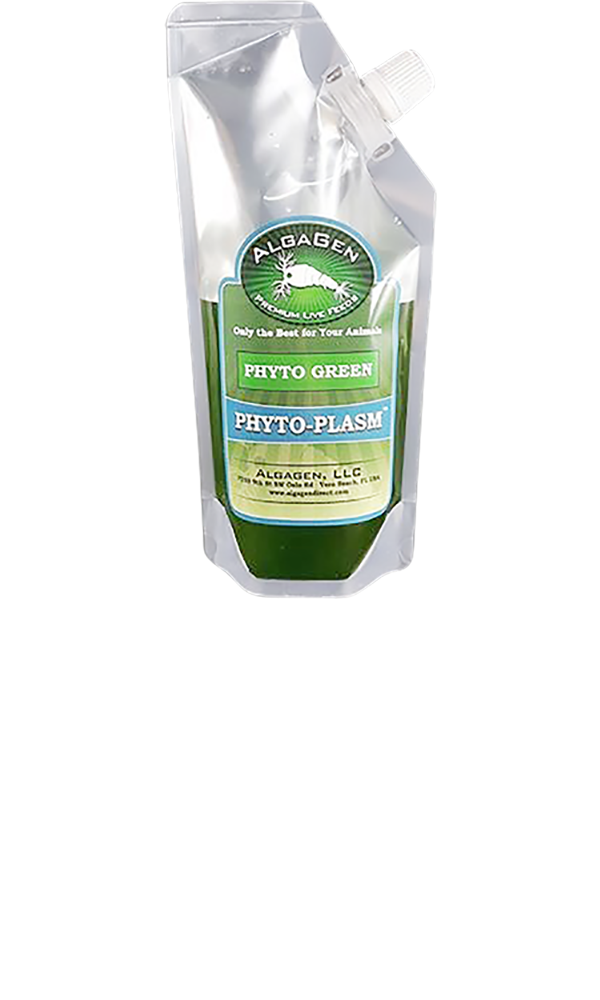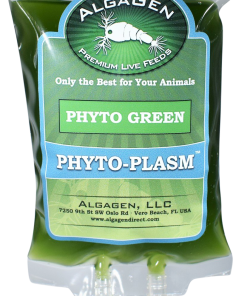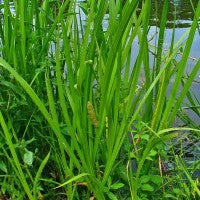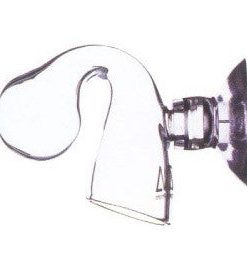Phyto-Plasm™ Phyto Green AlgaGen
$ 199,00 $ 79,60
*** FOR LOCAL SALE ONLY***
PhytoPlasm™ Phyto Green, is a great assemblage of Phytoplankton. It has 2 different types and even contains zooxanthellae. It is a mixture of microalgae, known for their nutritional goodness as well as attributes that include natural antibiotics and antivirals that are similar to garlic. It is an excellent general feed for your reef.
It is not right to say that “Phyto is just phyto” or that “…all algae are the same and it does not matter what you use as long as you add some phyto (plankton)” Microalgae or Phytoplankton are as diverse a description as “food” is to what you have on a plate. Clearly popcorn is different from steak which differs from broccoli. The same applies for phytoplankton/microalgae and anyone who tells you other has been misinformed and is passing that on to you!
Marine organisms feed by smell and particle size and in other cases they just mass filter the water for whatever is available. We have observed some corals do this and actually reject certain types of microalgae/phytoplankton. So NO! Not all phytoplankton/microalgae are appropriate for feeding. There are specific combinations of phytoplankton/microalgae that should be used to grow certain marine animals. PhytoPlasm™ Phyto Green is a solid general approach to mass feeding a reef system.
Did you know that phytoplankton/microalgae is used to condition water in aquaculture. Live phytoplankton/microalgae will bind heavy metals and take up excess nutrient, including CO2.
The PhytoPlasm™ Phyto Green is an excellent food for amphipods, copepods, shrimp larvae, sponges, featherduster, gorgonians and soft corals.
The green species we selected vary in size to feed different organisms. We recommend using Phyto-PLASM™ Green to feed rotifers, brine, harpacticoid copePODS, amphiPODS, planktivorous corals, feather dusters, zoanthids, and can be used to create “Greenwater” for larval care and production.
Phyto-PLASM™ Green comes in the Easy Feed Packaging™ that allows you to drip-feed your system for days at a time, or it can also be stored in the refrigerator and used “manually” to spot feed when desired. The life span in the refrigerator is upwards of 5 months. The product should be agitated periodically to prevent settling and maintain its shelf life.
| Size | 1L |
|---|
Fast Shipping and Professional Packaging
We can offer a variety of shipping options thanks to our long-term relationship with UPS FedEx DHL. Our warehouse staff will package all goods to our exacting requirements. Prior to shipping, your goods will be thoroughly examined and securely secured. We deliver to thousands of customers every day from all over the world. This is a sign of our determination to be the largest online retailer in the world. Warehouses and distribution centers are located throughout Europe as well as in the USA.
Note: Orders that contain more than one item will be assigned a separate processing time for each item.
Prior to shipment, we examine the items ordered thoroughly before sending the items. Most orders are shipped within 48 hours. The expected delivery time is 3 to 7 days.
Returns
The stock is constantly changing and cannot be fully controlled by us due to the involvement of many different parties, such as the factory and our warehouse. The levels of stock can change at any moment. You may not receive your order once the order has been made.
The policy is 30 days. If it's been longer than 30 days since you made your purchase and we're unable to offer you a complete exchange or refund.
To be eligible for a return your item must be unused and in the same condition as you received it. You must have the item in its original packaging.
Related products
Filter Media
Plant Fertilisation
Conditioner
CO2 Accessories
Air Pump Accessories
Freshwater Plant
CO2 Accessories
Substrate
Plant Fertilisation
Substrate
Plant Fertilisation
CO2 Accessories
Bacteria
Air Pump Accessories
Maintenance Tools
